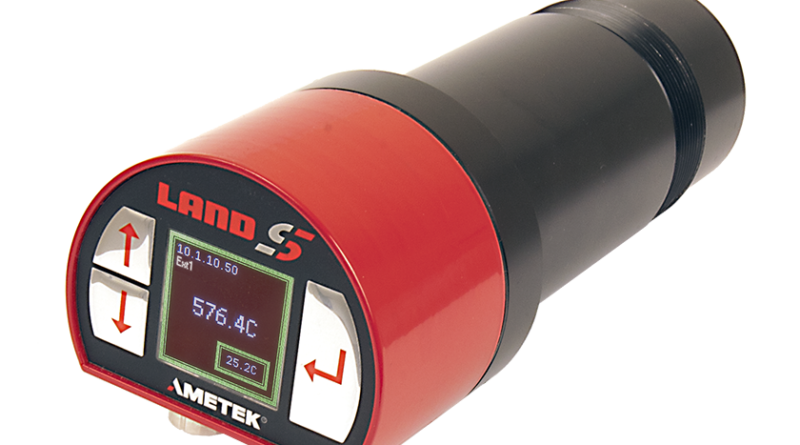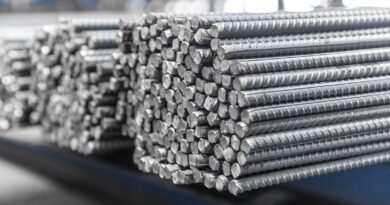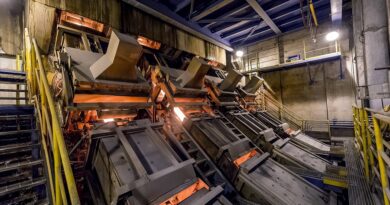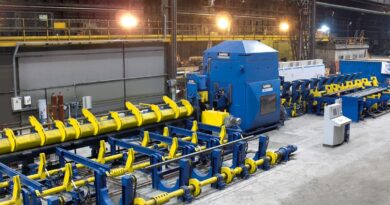AMETEK Land: Decarbonising combustion in steam reformers
Widely used in the hydrocarbon processing industry, steam reforming faces increased regulatory scrutiny to reduce its carbon footprint and corresponding plant emissions. Operators must make hard choices to respond to these pressures.
Carbon capture and alternative fuels show promise in reducing emissions and, while effective, they may also require sizeable investment and modification to equipment and infrastructure.
In the interim, operators of steam methane reformers (SMRs) may choose to focus on energy efficiency and increasing their yield output. They recognise the opportunity contained in their existing equipment through optimising the combustion process.
In decarbonising, safety becomes key to increasing yield, improving fuel efficiency, and reducing emissions. Flue gas monitoring can be used to optimise the fuel/air ratio, while thermal imaging provides a greater picture of safe monitoring of the reformer operation – on the inside and at the outlet.
the Near Infrared Borescope (NIR-B) or Mid-Wave Infrared Borescope (MWIR-B) radiometric infrared borescope imaging cameras, which measure temperatures in the range of 300 to 1800 °C (572 to 3272 °F) and utilize the latest wide dynamic range imaging technology. They deliver a high-resolution thermal image with continuous, highly accurate temperature measurements of both the tube and refractory wall surface.
Periodic reference measurements are required to verify the accuracy of the temperature data produced. This water-cooled three-metre-long probe creates near black body conditions at the measurement point, ensuring repeatable, reliable reference temperatures. If the environment has a hotter background – usually the case in an SMR – compensation for both surface emissivity and incident radiation is needed to ensure accurate non-contact infrared measurements.




